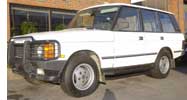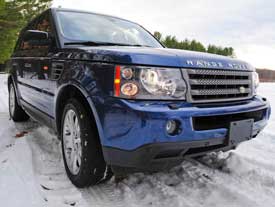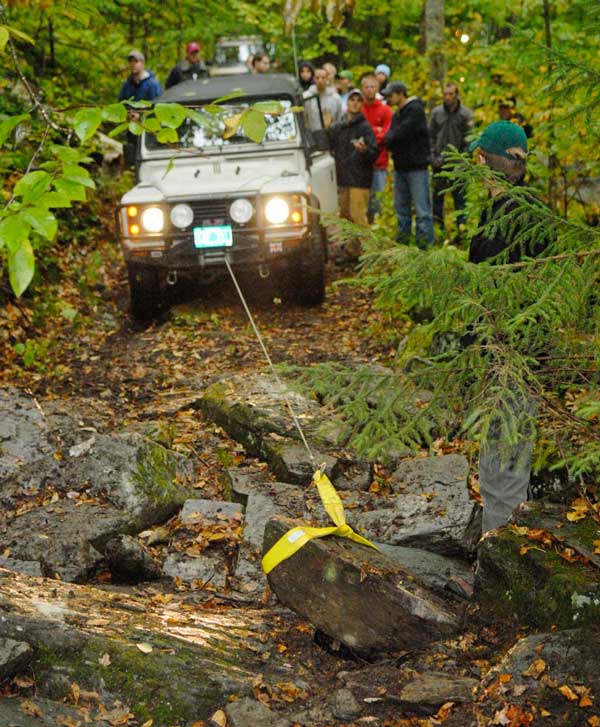1987-89 Rovers do not have any user accessible diagnostics. However, they are simple vehicles. The most common causes of an EFI light are:
** Note: These vehicles have both a “Check Engine” light and a “Service Engine” light. Check engine means you have a problem. Service engine means it’s been about 52,000 miles since the timer last reminded you to perform emission service. The information below pertains to Check Engine.
These fault codes will appear on a two-digit display found under the passenger seat. Note that although the display can indicate fault codes up to 99 not all numbers are valid codes.
You read the codes by removing the side panel of the seat base (Range Rover) or looking at the display under the back of the seat (Discovery).
 I have provided identification for each fault code. In many cases the text refers to
I have provided identification for each fault code. In many cases the text refers to test xx. These tests are found in the Land Rover Workshop Manual in the fuel injection section. Some fault codes point to a failed sensor, some indicate an engine fault that has caused the sensor to deliver an out-of-range signal, and some code may indicate either or both. Do not be too quick to replace parts on the basis of codes alone.
Here is how you clear codes once you’ve read them and addressed the faults:
If there is more than one fault repeat these steps to clear each fault until the display is blank.
If you clear a code without performing a repair, it (and the EFI light) may or may not return. Some codes are set by intermittent conditions that do not occur often. Other codes signal serious faults that are detected immediately upon startup.
If fault code 29 is detected again, swap out the ECU for another one and retest.
All 4.0SE and 4.6HSE and newer Range Rovers, and all 1996 and newer Discoveries use OBD II compatible diagnostics for the engine management system. OBD II is a diagnostic protocol supposedly shared by all carmakers as of the 1996 model year. Inexpensive scanners are available to read and reset OBD II codes. There appears to be some variability in OBD II scanner programming, so if you find a scanner that won't read codes from your newer Rover try another brand.
 In our shop we read codes without difficulty using OTC and GenRad brand scanners. Many other brands work also. We have encountered problems with some Snap-On models. Note: most generic OBD II scanners cannot read fault codes from 1995 4.0SE models even though they have an OBD II connector.
In our shop we read codes without difficulty using OTC and GenRad brand scanners. Many other brands work also. We have encountered problems with some Snap-On models. Note: most generic OBD II scanners cannot read fault codes from 1995 4.0SE models even though they have an OBD II connector.
Your scan tool should include a book of OBD II generic codes. The list of codes runs into the hundreds. Look here for European standard OBD II codes.
Land Rover has made many other functions available at the OBD II connector but they are not accessible with generic scan tools. If you are looking for a shop to service a Rover one prerequisite should be possession of an Autologic or dealer T4 dedicated test system, which gives access to all the other vehicle computer systems.

In addition, keys and alarm controllers can only be programmed with the specialist tools.
We use the Autologic system at JE Robison Service.
J E Robison Service Co Inc of Springfield, Massachusetts, is an independent business that specializes in the sale and service of used Land Rovers. We are not an authorized Land Rover dealership, we do not sell brand new Land Rovers and we are not otherwise affiliated with, originating from, sponsored by, or approved by Jaguar Land Rover North America, LLC in any way.